1.
Introduction
Let Ω⊆RN be a bounded domain with a C2-boundary ∂Ω. In this paper, we study the following quasilinear Robin problem
where ∂u∂n=∇u⋅n with n(x) being the outward unit normed vector to ∂Ω at its point x, a(x)∈L∞(Ω) satisfying ess infx∈Ωa(x)>0, β(x)∈C0,τ(∂Ω,R+0) for some τ∈(0,1) and β(x)≠0. λ>0 is a real parameter.
The Robin boundary problems with Laplacian operator have been widely investigated in recent years ([1,2,3,4,5,6]). For example, Papageorgiou et al. in [4] considered the Robin problems driven by negative Laplacian with a superlinear reaction and proved the existence and multiplicity theorems by variational methods. However, the Robin boundary problems with quasilinear Schrödinger operator have not been dealt with yet. Based on the above issues, this paper aims to study the existence and multiplicity of solutions to problem (1.1). In our work, one of the main difficulties is that there is no suitable space on which the energy functional is well defined. To the best of our knowledge, the first existence result for the equation of the following form
is due to Poppenberg, Schmitt and Wang([7]), and their approach to the problem is the constrained minimization argument. Since then, some ideas and approaches were developed to overcome these difficulties. Liu and Wang, in [8], reduced the quasilinear equation to a semilinear one by the change of variable. In [9], using the same methods in [8], Colin and Jeanjean considered the problem (1.2) on the usual Sobolev space. In this paper, we will use the change of variable to overcome the main difficulties.
Let f:Ω×R→R be a Carathéodory function such that f(x,0)=0 for a.e. x∈Ω and let
We first posit the following assumptions on f.
(f1)|f(x,t)|≤c0(1+|t|r−1) for a.e. x∈Ω, where c0>0, 4<r<2⋅2∗;
(f2)limt→+∞F(x,t)t4=0 and limt→+∞F(x,t)=−∞ uniformly for x∈Ω;
(f3) There exists ˜u∈Lr(Ω) such that ∫ΩF(x,˜u)dx>0;
(f4) There is a constant δ>0 such that f(x,t)≤0 for a.e. x∈Ω and t∈(0,δ);
(f5) For every ρ>0, there exists μρ>0 such that t↦f(x,t)√1+2t2+μρt is nondecreasing on [0,ρ];
Remark 1.1. The following function satisfies hypotheses (f1)-(f5), for simplicity we drop the x-dependence,
where 3<k1<k2<2k1<+∞ and 1<k3<k4<4.
The theorem below is the first result of our paper.
Theorem 1.1. If hypotheses (f1)-(f5) hold, then there exists a critical parameter value λ∗>0 such that for all λ>λ∗, problem (1.1) has at least two positive solutions v0,v1∈int(C+) with v0≤v1 in Ω.
To study further the multiplicity of solutions for problem (1.1) under the assumption (f1), we give some other conditions on f as follows:
(f6)lim|t|→+∞F(x,t)t4=+∞ uniformly with respect to x∈Ω, and there exist α∈(max{1,(r−4)N4},2∗), ˆc0>0 such that
uniformly for x∈Ω.
(f7)f(x,−t)=−f(x,t).
Remark 1.2. The following function satisfies hypotheses (f1), (f6) and (f7):
Theorem 1.2. If hypotheses (f1), (f6), (f7) hold and λ>1, then problem (1.1) has infinitely many high energy solutions in H1(Ω).
The paper is organized as follows. In Section 2, we give some preliminary results, which will be used in this paper. We prove Theorem 1.1 and Theorem 1.2 in Section 3 and Section 4 respectively.
2.
Preliminaries and variational setting
In this paper, the main working spaces are H1(Ω), C1(ˉΩ) and Lq(∂Ω), 1≤q≤+∞. We denote the norm of Lq(Ω) and H1(Ω) by
The Banach space C1(ˉΩ) is an ordered Banach space with positive (order) cone
This cone has a nonempty interior given by
On ∂Ω we will employ the (N−1)-dimensional Hausdorff measure σ. By applying this measure we can define the Lebesgue spaces Lq(∂Ω) (1≤q≤+∞). The Trace Theorem says that there exists a unique continuous linear map γ0:H1(Ω)→L2(∂Ω), known as "trace map", such that
Consequently, the trace map extends the notion of boundary values to any Sobolev function, and
Moreover, the trace map γ0 is compact from H1(Ω) into Lq(∂Ω) with q∈[1,2(N−1)N−2) if N≥3 and q∈[1,+∞) if N=1, 2. In the sequel, for the sake of notational simplicity, the use of the trace map γ0 will be dropped. The restrictions of all Sobolev functions on the boundary ∂Ω are understood in the sense of traces.
We know that (1.1) is the Euler-Lagrange equation associated to the energy functional
Unfortunately, the functional I could not be well defined in H1(Ω) for N≥3. To overcome this difficulty, we use the argument developed in [9]. More precisely, we make the change of variable u=g(v), which is defined by
Now we present some important results about the change of variable u=g(v).
Lemma 2.1. ([10]) The function g and its derivative satisfy the following properties:
(ⅰ) g is uniquely defined, C2 and invertible;
(ⅱ) |g′(t)|≤1 for all t∈R;
(ⅲ) |g(t)|≤t for all t∈R;
(ⅳ) g(t)t→1, as t→0;
(ⅴ) |g(t)|≤21/4|t|1/2 for all t∈R;
(ⅵ) g(t)/2<tg′(t)<g(t) for all t>0, and the reverse inequalities hold for t<0;
(ⅶ) g(t)√t→a1>0, as t→+∞;
(ⅷ) |g(t)g′(t)|≤1/√2 for all t∈R;
(ⅸ) There exists a positive constant C1 such that
Therefore, after the change of variable, the functional I(u) can be rewritten in the following way
From Lemma 2.1, by a standard argument, we see that J is well defined in H1(Ω) and J∈C1. In addition,
for all v,φ∈H1(Ω).
It is easy to see that the critical points of J correspond exactly to the weak solutions of the semilinear problem
Hence, to prove our main results, we shall look for solutions of problem (2.3), i.e., the critical points of the functional J.
Let X be a Banach space and X∗ be its topological dual. By ⟨⋅,⋅⟩ we denote the duality brackets for the pair (X,X∗). We now give the definitions of the (PS)c condition and Cerami condition in X as follows.
Definition 2.2. Let ψ∈C1(X,R) and c∈R. We say that ψ satisfies the (PS)c condition, if every sequence {un}⊆X such that
admits a strongly convergent subsequence.
Definition 2.3. Let ψ∈C1(X,R) and c∈R. We say that ψ satisfies the Cerami condition, if every sequence {un}⊆X such that
admits a strongly convergent subsequence.
The following two lemmas are known as Mountain Pass Theorem and Fountain Theorem.
Lemma 2.4. (Mountain Pass Theorem, [11]) If ψ∈C1(X,R) satisfies the (PS)c-condition, there are u0, u1∈X with ‖u1−u0‖X>ϱ>0,
and c=infγ∈Γmax0≤τ≤1ψ(Γ(τ)) where Γ={γ∈C([0,1], X):γ(0)=u0, γ(1)=u1}, then c≥mϱ and c is a critical value of ψ.
If X is a reflexive and separable Banach space, then there are ej∈X and e∗j∈X∗ such that
For convenience, we write
Lemma 2.5. (Fountain Theorem, [12]) Let ψ∈C1(X,R) be an even functional. If, for every k∈N, there exists ρk>γk>0 such that
(A1)ak:=supu∈Yk,‖u‖X=ρkψ(u)≤0,
(A2)bk:=infu∈Zk,‖u‖X=γkψ(u)→∞ as k→∞,
(A3)ψ satisfies the Cerami condition for every c>0.
Then ψ has an unbounded sequence of critical values.
3.
Existence of positive solutions
In this section we prove the existence of positive solutions of problem (1.1). For simplicity, we may take f(x,t)=0 for a.e. x∈Ω, all t≤0.
Proposition 1. If (f1)–(f3) and (f5) hold, then problem (2.3) admits a solution v0∈int(C+).
Proof. We consider the C1-functional J+:H1(Ω)→R defined by
We claim that J+ is coercive. Arguing by contradiction, assume that we can find a sequence {vn}n≥1⊆H1(Ω) and a constant M such that
Then from (3.2) we have
for all n≥1. Hypotheses (f1) and (ⅴ) of Lemma 2.1 imply that there exist c2, c3>0 such that
Combining this with (3.2), (3.3), we get
Let wn=v+n‖v+n‖, n≥1. Then ‖wn‖=1 for all n≥1, and so we may assume that
From (3.3) we have
Invoking (f1), (f2) and (ⅴ) of Lemma 2.1, we can find cϵ>0 such that
which yields, for n≥1 large enough,
Passing to the limsup as n→∞ in (3.5), and using (3.6), we have
In addition, from (3.4) we have ‖∇w‖22≤lim infn→+∞‖∇wn‖22. Combining this with (3.7), we obtain that ∇wn→∇w=0 in L2(Ω). Hence,
and so ‖w‖=1, w≥0. Since ∇w=0, we have w=1/√|Ω|N, and v+n(x)→+∞ for a.e. x∈Ω.
On the other hand, combining with (f1), (f2), (3.3), (ⅶ) of Lemma 2.1 and Fatou's lemma, we get
which is impossible. Thus, J+ is coercive.
Furthermore, from Lemma 2.1, Sobolev embedding theorem and trace theorem, we see that J+ is sequentially weak lower semicontinuous. By Weierstrass-Tonelli theorem we can find v0∈H1(Ω) such that
Consider the integral functional JF:Lr(Ω)→R defined by
From hypothesis (f1), (ⅰ) of Lemma 2.1 and the dominated convergence theorem, we see that JF is continuous. By hypothesis (f3) and (ⅸ) of Lemma 2.1, there exists ˜v∈Lr(Ω) such that
Exploiting the density of H1(Ω) in Lr(Ω), we can find ˉv∈H1(Ω) such that
Therefore, from (3.1) and (3.9), there exists λ∗>0 such that
for all λ>λ∗. This ensure that v0≠0. From (3.8), we have J′+(v0)=0, that is,
for all φ∈H1(Ω). In (3.10) choosing φ=−v−0, we obtain
which implies v0≥0 a.e. in Ω. Hence,
for all φ∈H1(Ω). That is to say v0 is a weak solution of problem (2.3). By Theorem 4.1 in [13], we know that v0∈L∞(Ω). Furthermore, applying Theorem 2 in [14], we have v0∈C+∖{0}. Taking ρ=‖g(v0)‖∞, from (f5), there exists μρ>0 such that
From (2.3), (3.12) and (ⅲ) of Lemma 2.1 we obtain
Therefore, v0∈int(C+) by the strong maximum principle(see [15]).
To look for another positive solution to problem (2.3), we consider the functional ˆJ+∈C1(H1(Ω),R) defined by
where v0 is given in Proposition 1, ˆF(x,t)=∫t0ˆf(x,s)ds, ˆK(x,t)=∫t0ˆk(x,s)ds, and
for all (x,s)∈Ω×R.
for all (x,s)∈∂Ω×R. It is easy to see that ˆf(x,s) and ˆk(x,s) are Carathéodory functions.
Proposition 2. If (f1), (f5) hold and v is a critical point of ˆJ+(v), then v is a solution of problem (2.3), and v∈[0,v0]∩int(C+).
Proof. The assumption yields the following equality:
for all φ∈H1(Ω). Taking φ=−v− in (3.16), we obtain (arguing as in Proposition 1) v≥0 a.e. in Ω.
On the one hand, letting φ=(v−v0)+ in (3.16) again, we have
On the other hand, the fact that v0>0 is a critical point of J+ yields
Then from (3.17) and (3.18), we obtain
and (v−v0)+=0. Therefore v∈[0,v0] a.e. in Ω. Now, (3.16) becomes
for all φ∈H1(Ω). So v is a weak solution of problem (2.3). Reasoning as in the proof of Proposition 1, we have v∈int(C+).
Lemma 3.1. If hypotheses (f1)–(f5) hold, then ˆJ+ satisfies the (PS)c condition.
Proof. We first check that ˆJ+ is coercive. Since v0∈C1¯(Ω), using (f1), (ⅲ) of Lemma 2.1 and (3.14), we can find a constant c4>0 such that
Because of (3.15) we have
Moreover, for every v∈H1(Ω) we see that
From (3.13), (3.19), (3.20) and (3.21) we derive
It is easy to see that ˆJ+ is coercive.
Now let {vn}n≥1 be a sequence such that
The coercivity of ˆJ+ and (3.22) imply that {vn}n≥1 is bounded in H1(Ω). Hence, there is v∈H1(Ω) such that, along a relabeled subsequence {vn}n≥1,
The second part of (3.22) yields
as n→∞, for all φ∈H1(Ω). In (3.24) choosing φ=vn−v, using (f1), (3.23) and Lemma 2.1, we find
Therefore ‖vn‖2→‖v‖2 as n→∞. Recalling that the Hilbert space H1(Ω) is locally uniformly convex, we obtain vn→v in H1(Ω). This shows that ˆJ+ satisfies the (PS)c condition.
In the next lemma, we state a consequence which depends on the regularity results in [13] and Theorem 2 in [14]. The proof is similar to Proposition 3 in [2].
Lemma 3.2. If (f1) holds and v∈H1(Ω) is a local C1(ˉΩ)-minimizer of ˆJ+, then v∈C1,τ(ˉΩ) and it is a local H1(Ω)-minimizer of ˆJ+.
Proposition 3. If (f1)-(f5) hold, then ˆJ+ admits a critical point v1∈H1(Ω) different from 0 and v0.
Proof. Let v∈C1(ˉΩ) with 0<‖v‖C1(ˉΩ)≤δ. From (f4) and (ⅳ) of Lemma 2.1, we get ˆF(x,g(v))≤0 for a.e. x∈Ω which implies
This shows that 0 is a local C1(ˉΩ)-minimizer of ˆJ+. Applying Lemma 3.2, we derive that 0 is a local H1(Ω)-minimizer of ˆJ+.
If 0 is not a strict local minimizer of ˆJ+, the result is obvious because any neighborhood of 0 in H1(Ω) contains another critical point of ˆJ+.
We next only need to discuss that 0 is a strict local minimizer of ˆJ+. In such a condition, we can find a sufficiently small ϱ∈(0,1) such that
Note that
This fact, together with (3.25) and Lemma 3.1 permit the use of the Mountain Pass Theorem, which yields a critical point v1 of ˆJ+ different from 0 and v0.
Theorem 1.1 follows immediately from Proposition 1, Proposition 2 and Proposition 3.
4.
Existence of infinitely many solutions
Lemma 4.1. If (f1) and (f6) hold, then, for any c>0, the functional J satisfies the Cerami condition.
Proof. Let {vn}n≥1⊆H1(Ω) be a Cerami sequence of J, that is,
First we prove the boundedness of {vn}n≥1. By (4.1) we have
and
for all φ∈H1(Ω) with ϵn≪1. Choosing φ=φn=−g(vn)g′(vn), we obtain
Because of Lemma 2.1(ⅵ, ⅷ), φn∈H1(Ω). Therefore,
Now using (f6) and (ⅷ) of Lemma 2.1, it follows from (4.2) and (4.4) that
On the other hand, from (f1) and (f6) we can find ˜c0∈(0,ˆc0) and c5>0 such that
By (4.5) and (4.6), we conclude that {g(vn)}n≥1 is bounded in L2α(Ω). Furthermore, due to (ix) of Lemma 2.1,
Suppose that N≠2. By (f6), without loss of generality, we may assume that α<r2<2∗. So, we can find z∈(0,1) such that
Invoking the interpolation inequality, Sobolev embedding theorem and (4.7) we have
for some c6>0. Taking φ=−φn=g(vn)g′(vn) in (4.3), we have
By use of (f1) and (ⅴ) of Lemma 2.1, we can obtain that
From (f1), we assume that r is close to 2⋅2∗, hence α≥2. Then {vn}n≥1 is bounded in L2(Ω). Combining this with (4.9), (4.10) and (4.11), we have
Hypothesis (f6) and (4.8) lead to zr<4, and consequently, {vn}n≥1 is bounded in H1(Ω).
If N=2, then 2∗=+∞ and the Sobolev embedding theorem says that H1(Ω)↪Lη(Ω) for all η∈[1,+∞). Let η>r2>α and z∈(0,1) such that
or zr=η(r−2α)η−α. Note that
Repeating the previous proof method, for η>1 large enough, we again obtain that
Next, we show that {vn}n≥1 is strongly convergent in H1(Ω). Since {vn}n≥1 is bounded, up to a subsequence(which we still denote by {vn}n≥1), we assume that there exists v∈H1(Ω) such that
Choosing φ=vn−v∈H1(Ω) in (4.3) and combining (f1) with Lemma 2.1(ⅱ, ⅲ, ⅸ), we obtain limn→∞∫Ω∇vn∇(vn−v)dx=0. Hence ‖vn‖2→‖v‖2 as n→∞. Recalling that the Hilbert space H1(Ω) is locally uniformly convex, we get vn→v in H1(Ω).
Lemma 4.2. ([16]) Let X=H1(Ω) and define Yk, Zk as in (2.4). If 1≤q<2∗, then
Proof of Theorem 1.2. Since g(t) and f(x,t) are odd respect to t, functional J∈C1(H1(Ω),R) is even obviously. Further, from Lemma 4.1, we know that J satisfies the Cerami condition. So we need only to verify J satisfying the conditions (A1) and (A2) in Lemma 2.5.
Since Yk is finite-dimensional and all norms are equivalent on Yk, for v∈Yk, we have
From the assumption (f6) and (ⅸ) of Lemma 2.1, there exists R>0 such that
For v∈Yk, λ>1, we have
So (A1) is satisfied for sufficiently large ‖v‖.
From (f1) and (ⅴ) of Lemma 2.1, there exists constant C4>0 such that
Let us define
For v∈Zk, using (4.15), we get
Choosing γk=(12C5rdr2k)24−r, if ‖v‖=γk, we obtain
By Lemma 4.2, dk→0 and γk→∞ as k→∞, the condition (A2) is verified. In summary, all conditions of Fountain Theorem are satisfied. Thus J has an unbounded sequence of critical values. Theorem 1.2 is proved.
5.
Conclusions
In this paper, we have studied a class of quasilinear Schrödinger equation in a bounded domain with Robin boundary. By giving different conditions on the reaction, we obtained two existence results of solutions to the equation. The Mountain Pass Theorem and Fountain Theorem were also employed in this study.
Acknowledgments
The authors wish to thank the referees and the editor for their valuable comments and suggestions. This work was supported by the National Natural Science Foundation of China (11171220).
Conflict of interest
All authors declare no conflicts of interest in this paper.











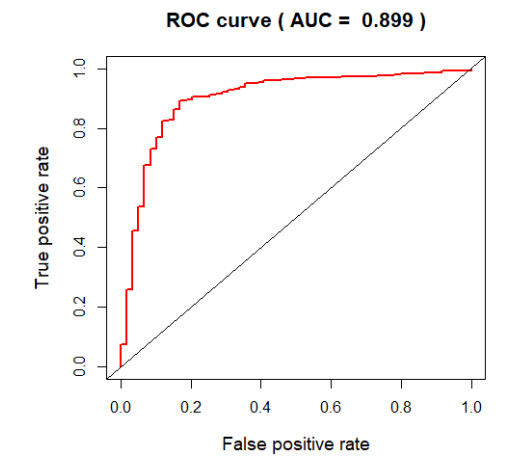
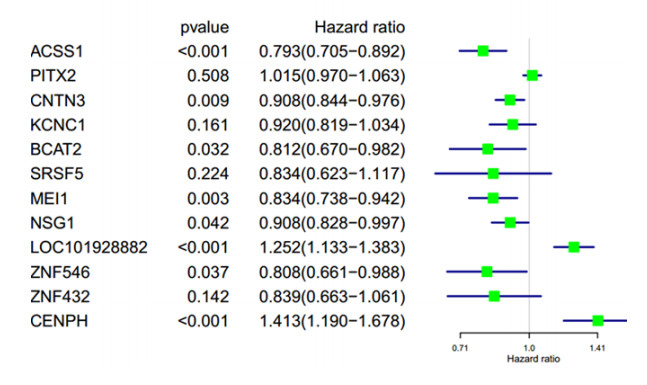
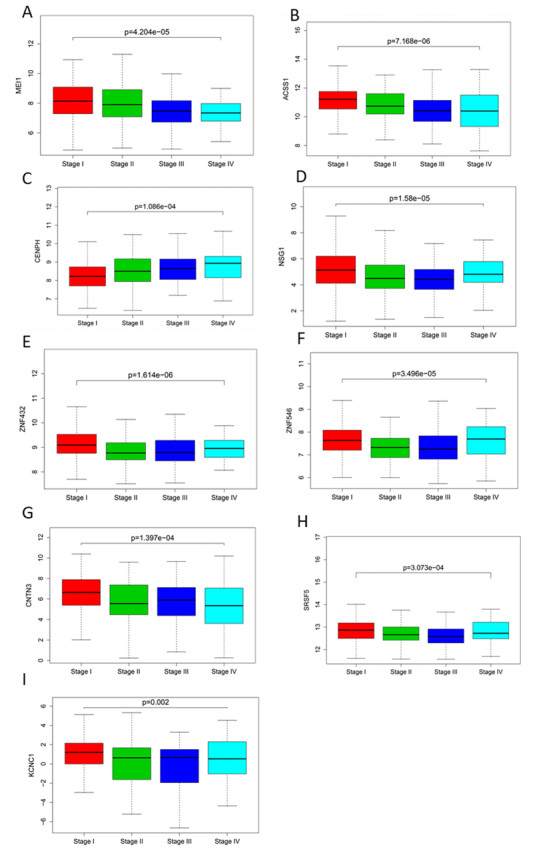
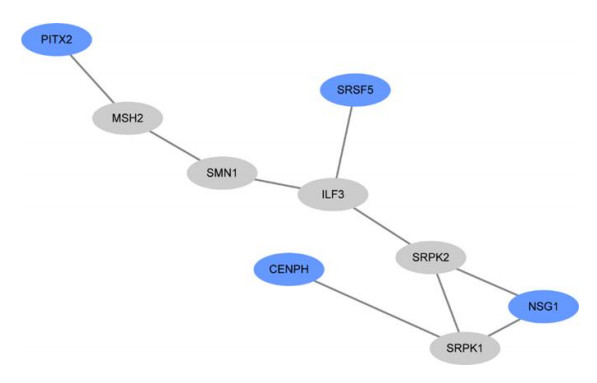
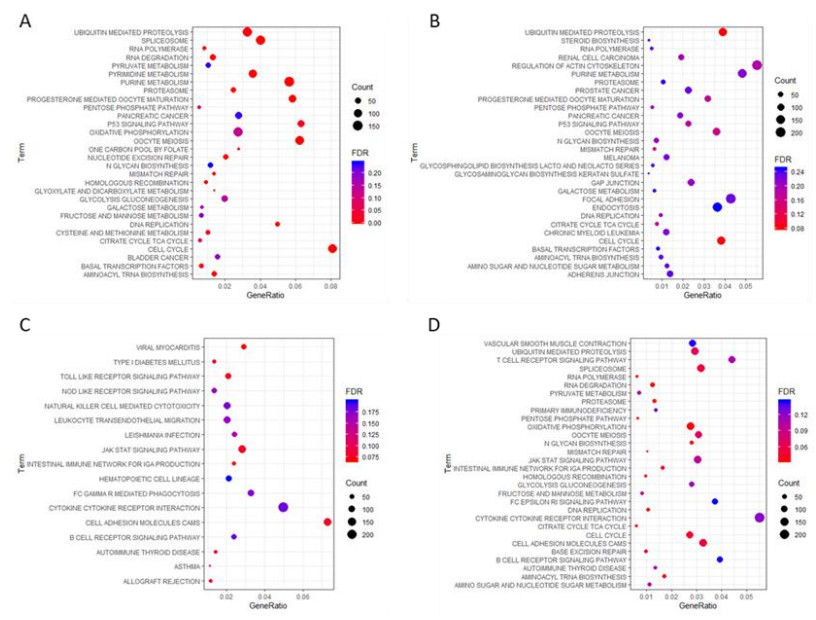


 DownLoad:
DownLoad: